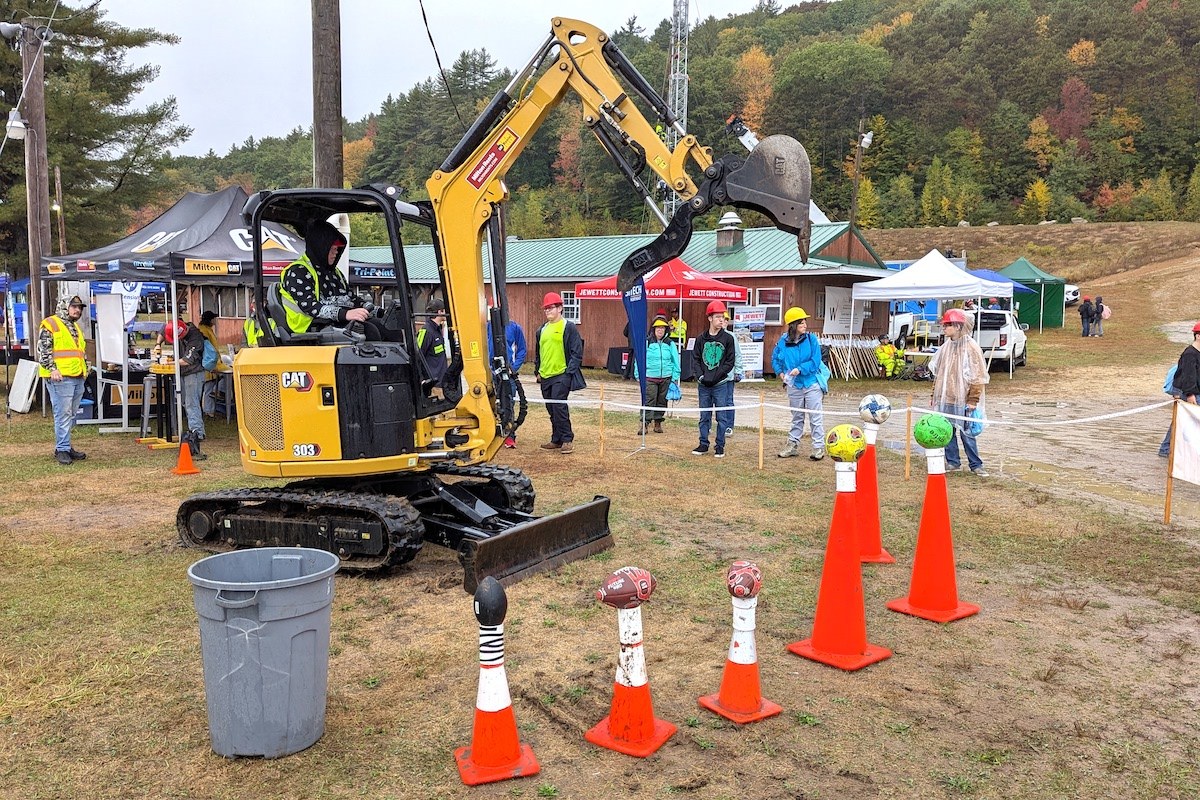Phase III involves the construction of the Pawtucket Tunnel, a 2.2-mile long, 30-foot diameter tunnel running underneath the communities of Pawtucket and Central Falls. Located at depth ranges of 115 to 155 feet below grade, the tunnel is designed to store 58.5 million gallons of combined sewer overflows. The CSO Program’s first phase kicked off in 2001 with the construction of a three-mile long, 26-foot wide deep-rock tunnel under Providence to store stormwater runoff. Phase II, completed in 2015, added CSO interceptors to the Providence Tunnel, several sewer separation projects, and a wetlands storage facility.
The project’s design-builder is CB3A, a joint venture comprised of CBNA, a U.S.-based subsidiary of French construction engineering firm Bouygues Travaux Publics, and local civil works contractor Barletta Heavy Division, in association with designer AECOM. Notice to proceed has been granted under a design-build contract worth $450 million.
“We are so looking forward to breaking ground on this critical clean water project, ... the largest single public works project in the State of Rhode Island and one that will greatly enhance our urban communities and Narragansett Bay as a whole," said Vincent J. Mesolella, Chairman of the Narragansett Bay Commission.
Stantec and Pare Corporation have been involved with the project since 2014, during which time the team has identified numerous cost savings and project optimizations. Stantec utilized proprietary WARi (Weighted Average Residential index) methodology to analyze affordability scenarios and develop a four-sub-phase implementation plan that would maintain NBC’s affordability goals.

| Your local Hyundai dealer |
|---|
| Equipment East |
The first and largest sub-phase, known as IIIA, includes construction of the Pawtucket Tunnel, which is expected to be operational by 2027. Once operational, the tunnel, along with several near-surface conveyance facilities, will address the most environmentally beneficial components of the program to capture combined sewer discharge, which would otherwise overflow into the river leading into Narragansett Bay. The remaining sub-phases, which include additional near-surface conveyance facilities, green stormwater infrastructure, and a 10-foot diameter stub tunnel, will be completed in stages to help reduce the cost to NBC’s rate payers.
During the Pawtucket Tunnel procurement phase, CB3A proposed further cost and time saving Alternative Technical Concepts, including raising the tunnel by 25 feet, tunnel liner ring design alternatives, and relocation of the tunnel pump station and launch shaft locations.
“With the frequency and intensity of storms on the rise, the time is now for communities to take action to protect human health and the environment,” said Melissa Carter, Vice President, Stantec. “We are delighted to see ground break on the final phase of this momentous project."





































































